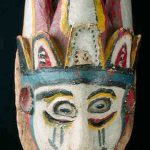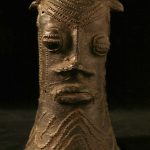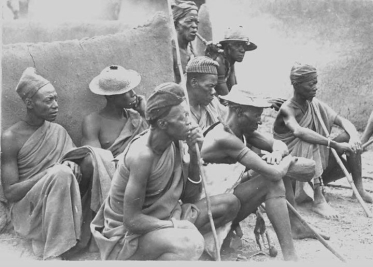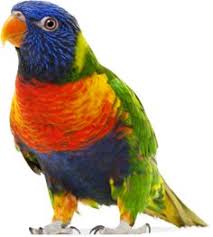The Igala race has, down the ages, traded with neighbours far and near, transiting from one legal tender to the other, beginning with the ‘barter’ system. Time was when cowry shells (ẹ́yọ́-ọkọ́), were obtained from the Maldives Island on the Pacific Ocean and used as a medium of exchange worldwide. Thereafter, brass or copper bracelets (údẹ) came, doubling as both a legal tender and body ornaments. Then came the era of printing and minting of cash, when Nigeria, then a British colony, used the pound sterling (ọ́kọ́-ipámúù) and, finally, since 1973, the indigenous mint – Nàírà and Kọbọ – has been exchanged the local market-place.
It is surprising how the zest with which Igala trading system was practised in the medieval times has nose-dived to an abysmally low level. Available record show that the trade culture at the time was more vibrant, as the ancient nation flourished in its prosperity. According to early European explorers and travellers who captured the scenic moments, Igala’s most common articles of trade included “…kola-nuts, country-made cloths, bridles, saddles, blue and white beads, robes, sandals, country-caps, spiced balls, Indian corn, Shea-butter, pod-pepper, beer, cocoa-nuts and plantains…” Others were sheep, goats, fowls, dogs and elephant tusks.” According to them, a trading man would take five or six of his wives with him to the market square to assist him in buying and selling. Sometimes, they helped with counting their bags of cowries, each containing “thirty to sixty thousands.”
The reason for trade decline in Igalaland, nay Africa, may not be far-fetched, considering the dark impact of the 1885 Scramble for Africa, which, as Wikipedia defines it, was “the invasion, occupation, division and colonisation of most of Africa by seven European powers during a short period known to historians as the New Imperialism.” The brute partitioning of most of the African territorial landscape continued unabated through their respective periods of colonisation. Even though African freedom fighters fought them to a standstill and got their land and businesses back, trade refused to come back into the hands of our kings and their kingdoms. The ‘governments’ established by the land-grabbing Europeans were inherited, hook, line and sinker, by our own black presidents and black governors, who never contemplated the option of power-sharing with their royal majesties who they succeeded in suffocating out of power and bubbling economy.
Contrary to their present predicament, African kings were autonomous, well-to-do and influential. They also participated in trade through their selected fronts. For instance, the Ata-Igala had his favourites who served as royal fronts in various shades of trade, including trade in slaves, which was eventually abolished by the British Government.
When the Aji-Ata Dynasty was on the throne at Ida for almost two centuries, trade in textile manufacturing, buying and selling as well as overseas trade connections blossomed but, ironically, it was in the hands of Bini traders and elite who, according to oral tradition, had found unusual favour with Aji Ata. In the reign of Ata Anogens (ca. 1567 – 1597), the Bini merchants recorded the highest volume of trade; hence, his time was considered a period of trade boom. According to Robert Arthur Sargent (1984), the Ejule Market – situated in the heart of Igalaland – was expanded to “world standard” at this period. In addition, a second military outpost – after the one earlier installed at Loko on the River Benue to the north of the kingdom – was also installed to protect the traders in the market square and along the routes leading to the market against the marauding slave-raiders.
When an alternative monarchy was co-established by the Igala, Idoma and Alago chieftains led by Àbùtù Ẹ̀jẹ̀ at Aamagede in Ifẹ area, it posed a stiff competition to the Aji Ata Dynasty’s erstwhile trade monopoly.
That trend continued until the oppressive and exploitative regime was forced not just out of competition but also out of power in the Niger-Benue confluence region, ushering in a new and egalitarian Third Dynasty founded by Ata Ayẹgba Ọma Idoko in 1687. Unleashing his iconic genius and governance skills, Ayẹgba drove a very robust economy anchored on a solid trade infrastructure he had inherited from the previous Aji-Ata administration. Before he joined his ancestors in 1717 A.D., Ata Ayẹgba had taken Igala to the apex of her glory.








Great work. I would love to connect with you.
Wondering how to get your book?